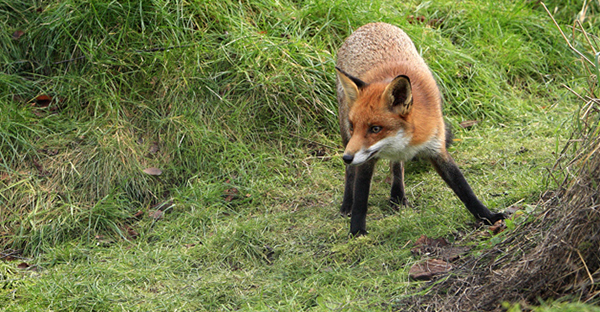Guest Post by Michael Howie from the Fur-Bearer Defenders
British Columbia, Alberta and parts of Saskatchewan are struggling with massive wildfires and drought. As a result, many advocacy groups are staring to suggest leaving out water for wildlife, who are surely struggling with the rigours of a difficult summer.
But aren’t we always told ‘a fed bear is a dead bear’ and to never, ever, put out food for animals, other than local birds?
We are – and the confusion is completely normal. There are a few different principles at play, and though some of them could take up an entire novel’s worth of philosophical debate, let’s try to keep it simple.
Why water is good
Water is essential to all life on our planet – from bacteria to black bears. And much like us humans, most wild animals cannot last as long without water as they can without food. A single bowl of water can help numerous animals, including birds and squirrels to raccoons and coyotes.
The best part about leaving out a bowl of water is it’s easy to replace, and not very many animals (except Labradoodles) will guard or act territorial over a small amount of water. It’s also completely natural for a small water source to come and go – it isn’t something animals will return to look for.
It’s kind of like volunteers passing out to runners during a marathon – everyone appreciates it and it helps them keep going, but they don’t stop to chat about it.
Why feeding is bad
Feeding wildlife can create major problems in a lot of different ways, but the two biggest have to do with behaviour and biology.
Wild animals have very specific dietary needs, and it’s not as easy as you’d think to meet them with human-made food. A very important example of this is ducks: bread can actually kill them. Ducks naturally eat waterlogged plants, roots and seeds, which they digest quite well. But bread (fresh or stale) creates various ailments and can lead to their deaths. But much like a hungry teenage boy, many animals will simply eat what you put in front of them – so it’s best to let them find their own meals.
The ‘fed bear is a dead bear’ saying comes from this next part – habituation. Much like our own dogs or cats, wild animals learn quickly when food is involved. If you regularly put food out at a certain time, they’ll learn to show up at that time. If you teach them that people’s backyards are buffets, they’ll keep showing up in people’s backyards.
And while you may love seeing squirrels, raccoons or even coyotes up close, not everyone does. And that’s what leads to conflict – the unfortunate confrontation of a wild animal and a person (typically one who doesn’t want to be around such wild animals).
It’s simply best and easiest for everyone, including the animals, if we don’t interfere with their natural patterns, such as foraging or hunting.
If you are leaving out water for animals, make sure it’s regularly changed (to avoid buildup of nasty bacteria or transfer diseases) and follow any and all guidelines your municipality may have.


